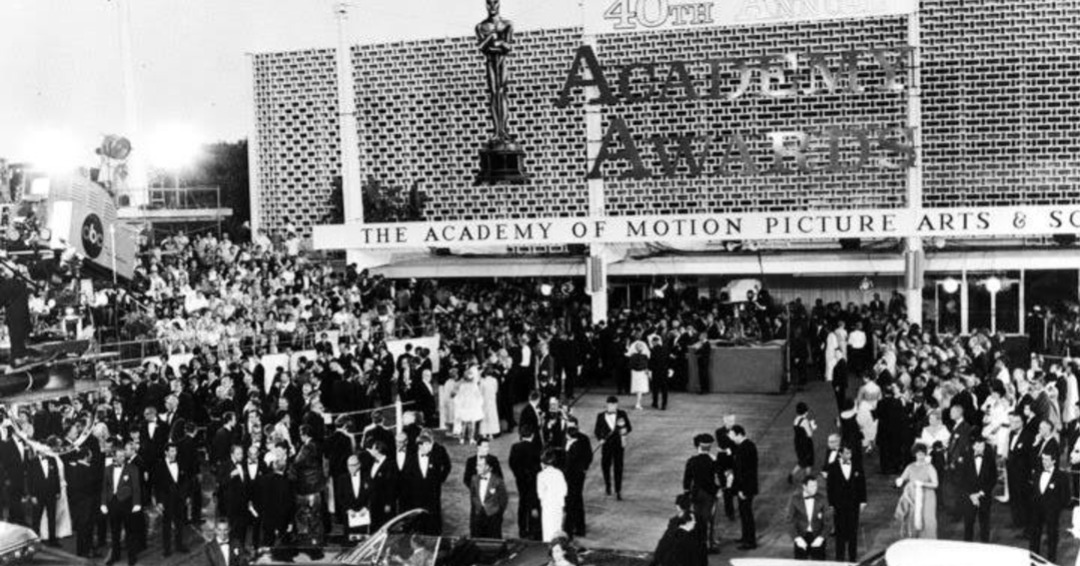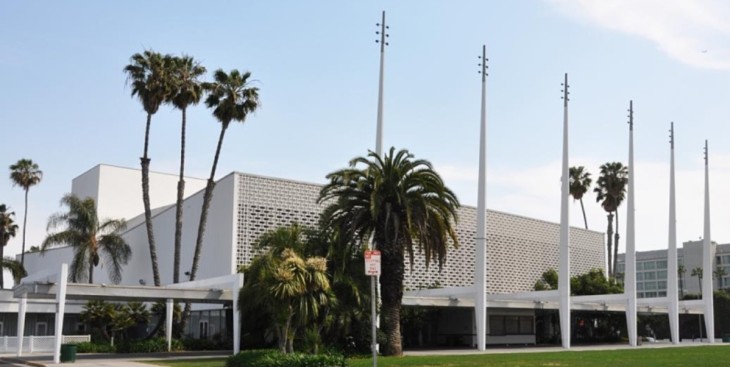Santa Monica Civic Auditorium: A Historic Gem That Shaped Our City’s Cultural Legacy. Save Santa Monica’s Heritage
The Santa Monica Civic Auditorium is an enduring testament to Santa Monica’s rich cultural heritage. This iconic venue has played a pivotal role in shaping the city’s artistic landscape, hosting many historic events and influential personalities over the decades. Exploring and researching the historical significance of the Santa Monica Civic Auditorium uncovers a treasure trove of memories that have left an ineradicable mark on local residents and the broader spectrum of world entertainment.
The Santa Monica Civic Auditorium, designed by renowned architect Welton Becket, opened on July 23, 1958. The 3,000-seat mid-century modern masterpiece immediately symbolized Santa Monica’s growing prominence as a cultural hub on the Southern California coast. Its sleek, minimalist design allowed the focus to be on the performers and events that graced its stage.
Throughout its celebrated history, the Santa Monica Civic Auditorium became an inspiration for music enthusiasts and a sought-after destination for performers. Its large capacity and impeccable acoustics made it an ideal venue for concerts and live performances. Countless legendary artists spanning various genres have left their mark on this stage.
During the 1960s, the auditorium played a significant role in the folk music revival, hosting influential musicians such as Bob Dylan, Joan Baez, and Neil Young. As the music landscape evolved, the auditorium embraced the rise of rock ‘n’ roll, hosting iconic bands like The Rolling Stones and The Doors.
Beyond music, the Santa Monica Civic Auditorium played a vital role in shaping the nation’s political and social landscape. During the 1960s and 1970s, it served as a platform for political rallies, where influential figures like Martin Luther King Jr. and Cesar Chavez addressed crowds, advocating for civil rights and social justice. The auditorium thus became a central venue for fostering dialogue and driving societal change.
The auditorium’s recognition extended beyond live performances as it became a backdrop for various television shows and films such as “A Star Is Born” (1976) – This musical drama film, starring Barbra Streisand and Kris Kristofferson, features concert scenes filmed at the Santa Monica Civic Auditorium. “Fight Club” (1999), some scenes from this cult classic starring Brad Pitt and Edward Norton, were filmed at the auditorium. “The Blues Brothers” (1980), the musical comedy film starring John Belushi and Dan Aykroyd, a concert scene was shot at the Santa Monica Civic Auditorium.
Its distinctive architecture made it a desirable location for filmmakers looking to capture the essence of Southern California’s beach culture.
About 2008 or so, there began a shift in Santa Monica’s beach culture as pro-development interests, both from within the city and from outside, began to show their influence in both subtle and more direct ways to urbanize and densify our beach town directly by vested interests participating in the then beginnings of re-writing the LUCE (Land Use Circulation Plan) and the up-zoning that occurred with the re-writing of the zoning code.
As the years rolled on, newer and larger venues began dominating the region’s entertainment scene. Unfortunately, combined with a new development-oriented Planning Commission and City Council, the Civic Center land was perhaps appealing to some as ripe for redevelopment. The Santa Monica Civic Auditorium closed its doors in 2013, ending an era of cultural significance. Its future remained uncertain, and discussions of repurposing the site ensued.
However, the local community’s deep-rooted attachment to the auditorium led to a concerted effort to restore and revive this cultural gem, as it is in dire need of earthquake retrofitting to current standards to ensure its structural integrity and the safety of its occupants. The building’s current design needs to meet seismic standards, making it more vulnerable to earthquake damage. Retrofitting this iconic structure would involve reinforcing its foundation, walls, and roof, and the associated costs that have been evaluated to date are substantial. Estimates suggest several million to tens of millions of dollars.
Despite the significant investment, undertaking this vital retrofit and restoration is crucial to preserve the cultural heritage of our Santa Monica Civic Auditorium.
In 2015, Santa Monica approved a plan to refurbish and modernize the auditorium while preserving its historic integrity. The renovation aimed to bring the venue up to contemporary standards, allowing it to host a diverse array of events, performances, and exhibitions once again. We want to see that approval followed through to completion by City Council and not plan to utilize or re-develop the property for other purposes.
So why is this so important? The Santa Monica Civic Auditorium holds a special place in the hearts of Santa Monica residents and music enthusiasts worldwide. Its contribution to the city’s cultural and social fabric is immeasurable, having served as a launching pad for some of the world’s finest and most culturally significant musicians and civil rights advocates. It was a stage for inspiring speeches and political activism.
By restoring and preserving this architectural gem, Santa Monica honors its past while ensuring that future generations can experience the same magic that unfolded within its walls. The value of this property and what it represents to our heritage cannot be measured solely in dollars and cents. The historical, iconic, and cultural value of many such restored significant buildings have, over time, greatly surpassed the original value and costs of restoration.
In this case, there are numerous events and tourism venue opportunities that can be created and elaborated upon for decades to come to serve not only the people of Santa Monica but the region at large by hosting events, theatre, concerts, conventions, exhibitions…the possibilities are numerous, thus creating a venue for more tourism and an improved asset that will contribute more tax dollars for the City.
As an example, these iconic and historical buildings’ preservation and continued operation have not only enhanced the cultural landscape of Southern California but also contributed to the region’s tourism industry, generating significant economic benefits that have either already surpassed or will surpass the costs of their restoration and upkeep.
- The Griffith Observatory (1935) is a popular destination for locals and tourists alike. The Observatory’s numerous exhibits, planetarium shows, and public programs contribute significantly to the economy through ticket sales, donations, and gift shop revenue.
- The Bradbury Building (1893) – Situated in downtown Los Angeles, the Bradbury Building is an architectural gem known for its stunning interior and unique design. Featured in numerous films and TV shows, this historic building serves as office space and generates income through tenants’ rent while also drawing tourists who want to explore its iconic Victorian-era ambiance.
- The Getty Villa (1997) The renovation involved a comprehensive redesign and expansion of the site. The main goals of the renovation were to enhance the conservation and display of the ancient art collection, improve accessibility and amenities for visitors, and ensure the safety and security of the museum. It demonstrates the Getty Trust’s commitment to preserving cultural heritage and providing a world-class museum experience in Southern California.
The Santa Monica Civic Auditorium is more than just a building; it represents the soul of Santa Monica’s artistic and social heritage. It has witnessed the ebb and flow of cultural evolution throughout its existence, leaving an indelible impact on the city’s identity.
If we embark on a new chapter with its revival, one can only imagine the wondrous events and cultural milestones that await within its hallowed halls. The legacy of the Santa Monica Civic Auditorium continues to shine brightly, reminding us of the power of art, music, and community to shape history.
Michael Jolly, AIR CRE
S.M.a.r.t Santa Monica Architects for a Responsible Tomorrow: Dan Jansenson, Architect, Building & Fire-Life Safety Commissioner; Robert H. Taylor, Architect AIA; Thane Roberts, Architect; Mario Fonda-Bonardi, Architect AIA, and previous SM Planning Commissioner; Sam Tolkin, Architect, Planning Commissioner; Michael Jolly AIR CRE


























